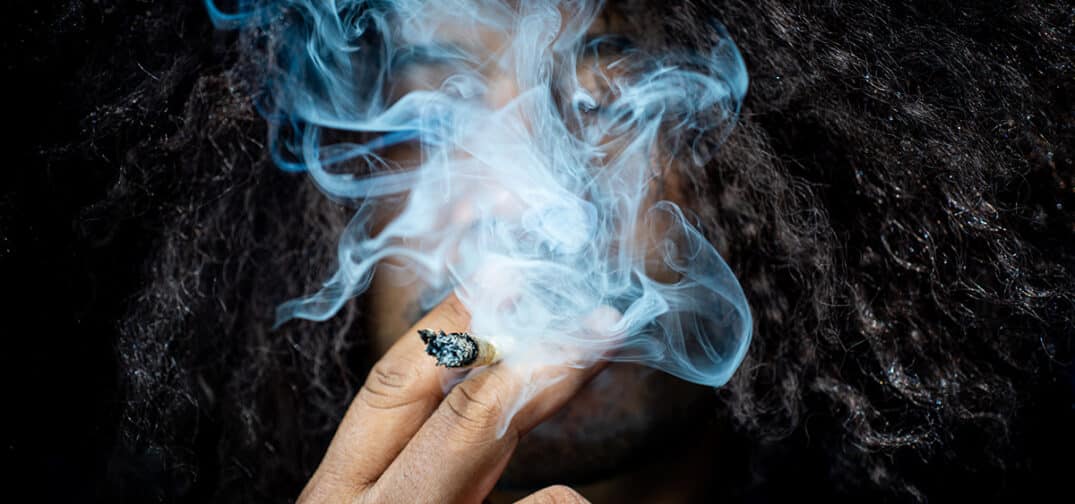The National Institutes of Health (NIH) 2022 Monitoring the Future survey found past-year and daily cannabis use among adults 19-30 years old are at the highest levels ever recorded by the agency. The survey found 44% of the cohort consumed cannabis in the past year, while 11% consumed cannabis daily.
Comparatively, past-year cannabis use among 19- to 30-year-olds was 35% in 2017 and 28% in 2012, while daily cannabis use among the cohort was 8% in 2017 and 6% in 2012.
Reports of past-year cannabis use among adults aged 35 to 50 also reached an all-time high of 28% in 2022; an increase from 25% in 2021, 17% in 2017, and 12% in 2012.
Past-year cannabis vaping was reported by 21% of adults 19 to 30 years old in 2022, the highest levels found in the survey since the question was first added in 2017 (12%). In 2021, that figure was 19% and 12% in 2017. Past-year nicotine vaping among the younger adult group also reached a historic high of 24% in 2022, nearly double the rate (14%) reported in 2017, when the NIH first added the question to the survey.
Among adults aged 35 to 50, reports of past-year cannabis vaping remained at similar levels (9% in 2022) since 2019, when these questions were first available in this age group. Prevalence of past-year nicotine vaping has also remained steady in this age group since it has been reported, with 7% reporting in 2022.
The survey found that, among adults aged 19 to 30, 8% reported past-year use of hallucinogens. Five years ago, the share was 5%, and in 2012 the share was 3%. Types of hallucinogens reported by participants included LSD, MDMA, mescaline, peyote, psilocybin mushrooms, and PCP. Most of past-year use in 2022 reported by adults in this age group involved hallucinogens other than LSD (7% in 2022).
Past-year hallucinogen use reached historically high prevalence among adults 35 to 50 years old, reported by 4% in 2022. In 2021, the share was 2%, and five and 10 years ago the share was no greater than 1%.
Over the past decade, the survey has found rates of alcohol use – including past-month use, daily drinking, and binge drinking – declined for adults 19 to 30 years old; however, past-year drinking slightly increased for this age group in 2022 (84%) compared to five years ago (82% in 2017).
The survey also found that alcohol use among adults aged 35 to 50 has shown a gradual increase over the past 10 years, with past-year drinking increasing from 83% in 2012 to 85% in 2022. Binge drinking in this older group reached its highest levels (29% in 2022), and increased over the past year, five years, and 10 years (26% in 2021; 25% in 2017; 23% in 2012).
The study also suggests that past-year use of cigarettes, sedatives, and non-medical use of opioid medications showed a 10-year decline for both adult age groups and reported past-year amphetamine use continued a 10-year decrease among 19- to 30-year-olds and a 10-year increase among 35- to 50-year-olds.
Get daily cannabis business news updates. Subscribe
End
